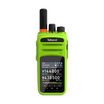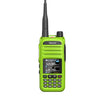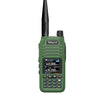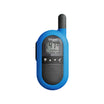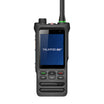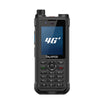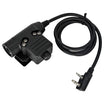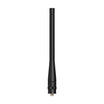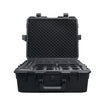To enhance communication among staff in educational institutions such as schools, colleges, or universities, implementing a robust two-way radio system is an optimal solution. This method of communication is significantly more efficient than traditional means, such as mobile phones or loudspeakers. By adopting two-way radios, the operational efficiency of the institution is greatly improved, ensuring a smoother administrative flow. These devices are particularly adept at facilitating immediate communication across various departments—from academic staff within classrooms to maintenance, security, and cleaning personnel, thus swiftly addressing everyday tasks and potential emergencies.
Improved Communication with Talkpod
Two-way radios stand out for their practicality, offering seamless communication channels between the front office and educators, which is crucial for both routine operations and emergency situations. This technology is not only beneficial for academic staff but also for support staff, including cleaners, maintenance workers, and security teams, ensuring a safe and well-maintained environment for students.
Suitable Technology for Educational Settings
In the architectural context of educational institutions, which often comprise large areas constructed with materials such as brick, steel, and concrete, UHF (Ultra High Frequency) radios are preferred. Their ability to penetrate through solid barriers makes them ideal for ensuring comprehensive coverage throughout the campus.
Talkpod's Comprehensive Solutions
Talkpod offers an extensive range of two-way radio solutions, catering to the diverse needs of educational settings. From simple, license-free radios to advanced systems equipped with tracking and health and safety functionalities, Talkpod provides tailored communication solutions. These innovations not only meet the basic requirements but also offer sophisticated features that enhance the overall safety and operational efficiency of educational institutions.





